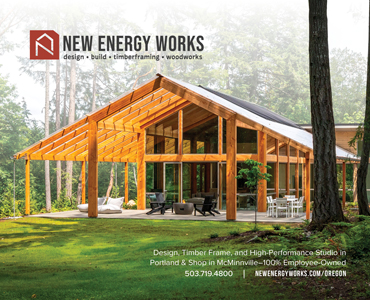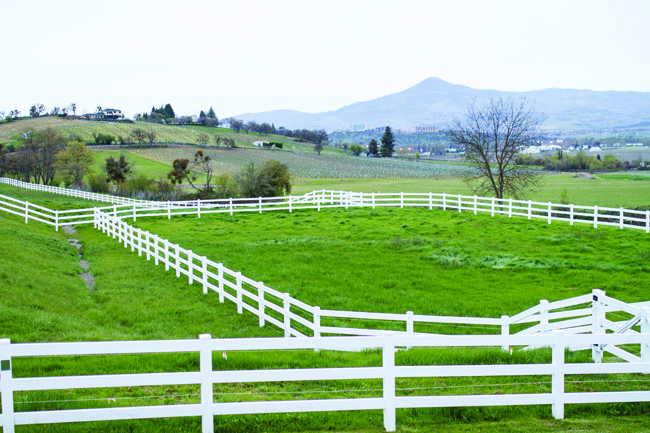
Written by Lucy Burningham | Photos by Nikita Lee
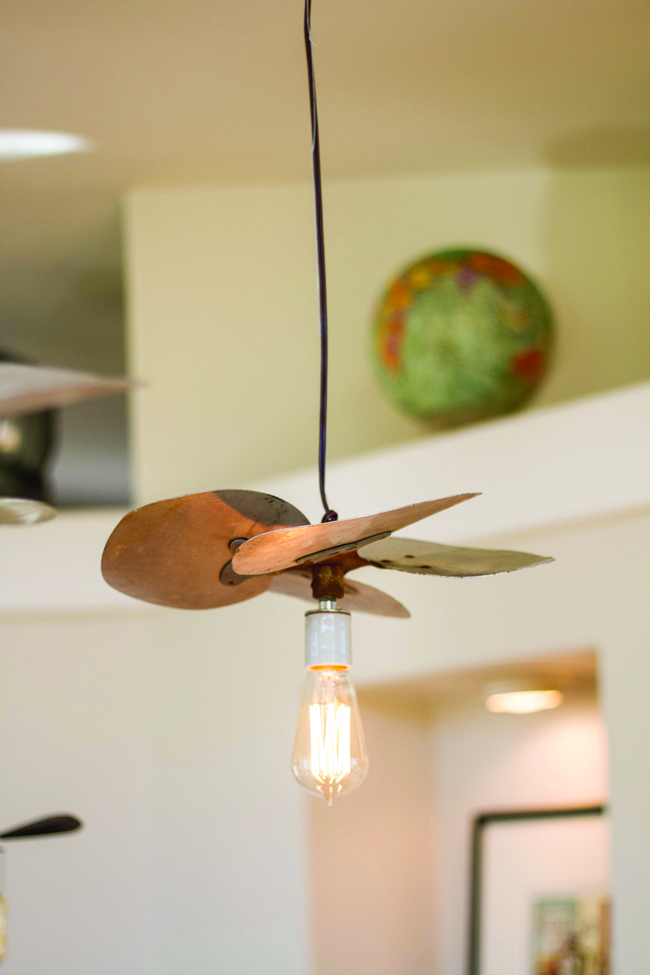
Tucked against a hillside in the Rogue Valley, a unique guesthouse inspires the kind of tranquil activities you might expect from a rural getaway — watching a deer bound over a nearby ridge, observing the sunset on vineyards from an outdoor hot tub, picking wild blackberries or listening to cows bay.
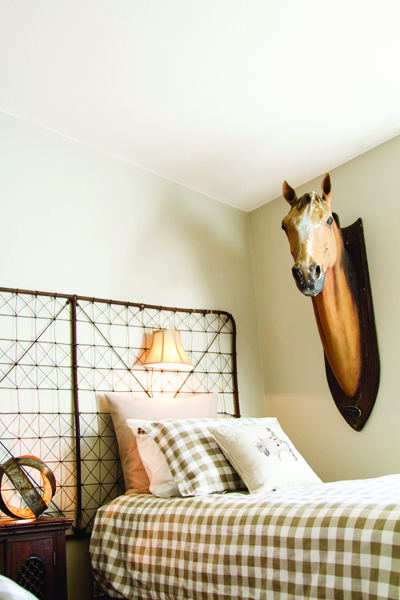 Even as it fosters seclusion, the home creates connections. Through a clever mix of industrial, vintage and repurposed objects, the guesthouse links visitors to the personal and professional lives of its owners, the valley and agriculture.
Even as it fosters seclusion, the home creates connections. Through a clever mix of industrial, vintage and repurposed objects, the guesthouse links visitors to the personal and professional lives of its owners, the valley and agriculture.
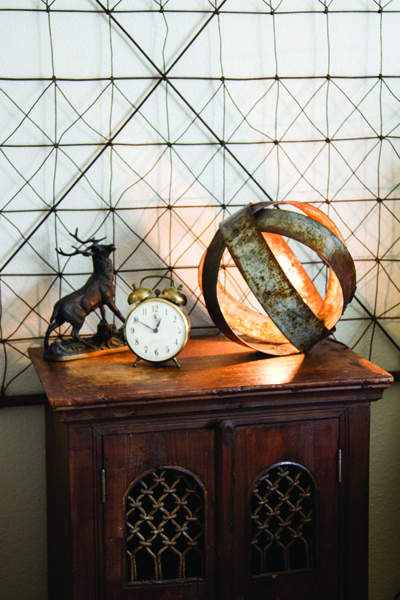 The home belongs to David Gremmels and Cary Bryant, owners of Rogue Creamery, a Southern Oregon artisan cheese company. When Gremmels and Bryant bought their own residence nearby, the property came with the guesthouse — a 2,800-square-foot, triple-wide manufactured home from the 1980s.
The home belongs to David Gremmels and Cary Bryant, owners of Rogue Creamery, a Southern Oregon artisan cheese company. When Gremmels and Bryant bought their own residence nearby, the property came with the guesthouse — a 2,800-square-foot, triple-wide manufactured home from the 1980s.
The guesthouse remained unlocked and unused for about two years, but Gremmels and Bryant had a vision of a place where friends, family and the occasional Airbnb client could enjoy their corner of the Rogue Valley.
Story continues under picture
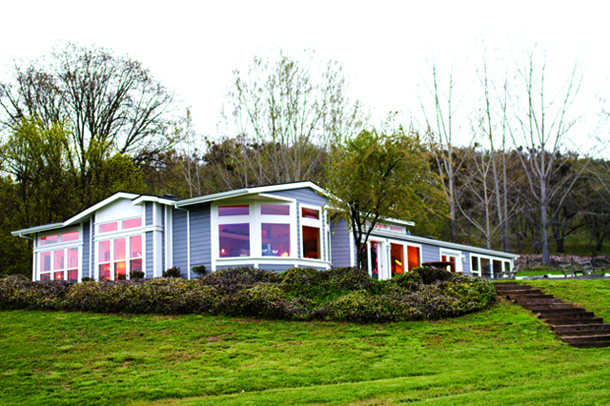
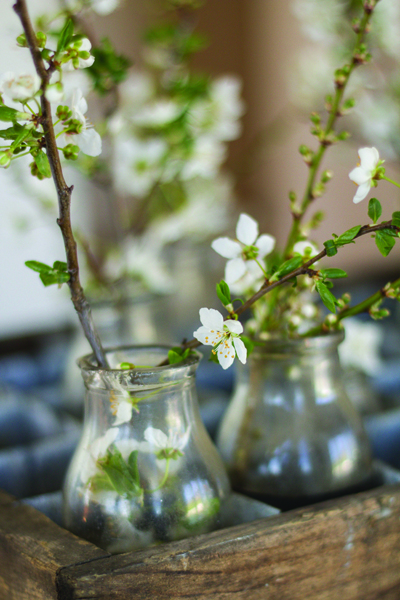 They discussed the dream with DeWayne Lumpkin, owner of the home interior design business DeWayne Lumpkin Design Studio in Grants Pass, and in January 2014, Lumpkin started the project. For a budget of just $15,000, Lumpkin completely furnished and decorated the home in three weeks.
They discussed the dream with DeWayne Lumpkin, owner of the home interior design business DeWayne Lumpkin Design Studio in Grants Pass, and in January 2014, Lumpkin started the project. For a budget of just $15,000, Lumpkin completely furnished and decorated the home in three weeks.
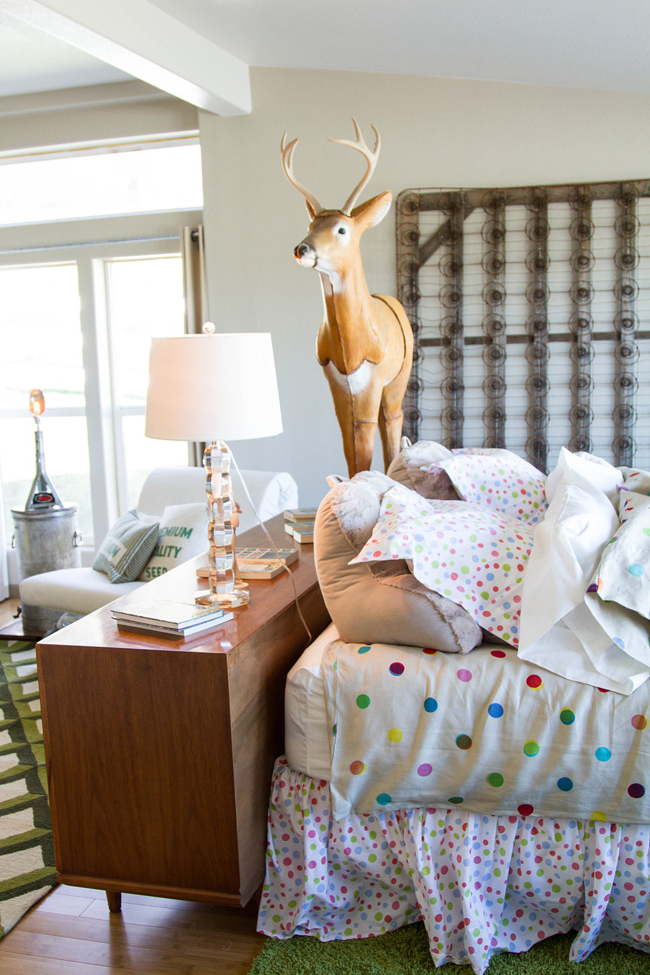 He began by assembling a range of objects, including art from Gremmels and Bryant’s personal collection, furniture from their storage facilities and purchases from Craigslist. Some items came from Gremmels’ family farm in Olympia, while others were salvaged from Rogue Creamery.
He began by assembling a range of objects, including art from Gremmels and Bryant’s personal collection, furniture from their storage facilities and purchases from Craigslist. Some items came from Gremmels’ family farm in Olympia, while others were salvaged from Rogue Creamery.
“We hired DeWayne to make things fit together,” Bryant said.
Story continues under picture
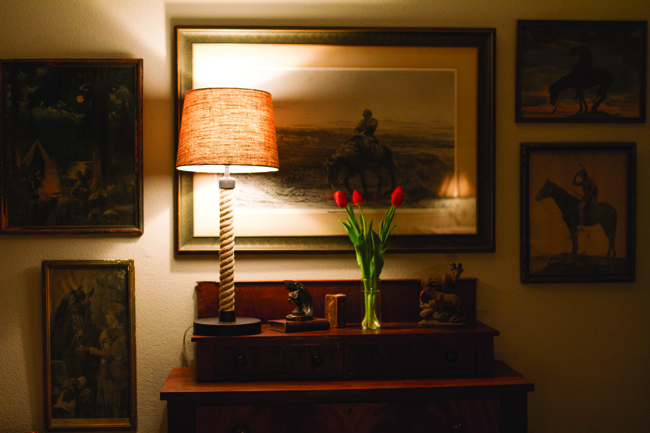
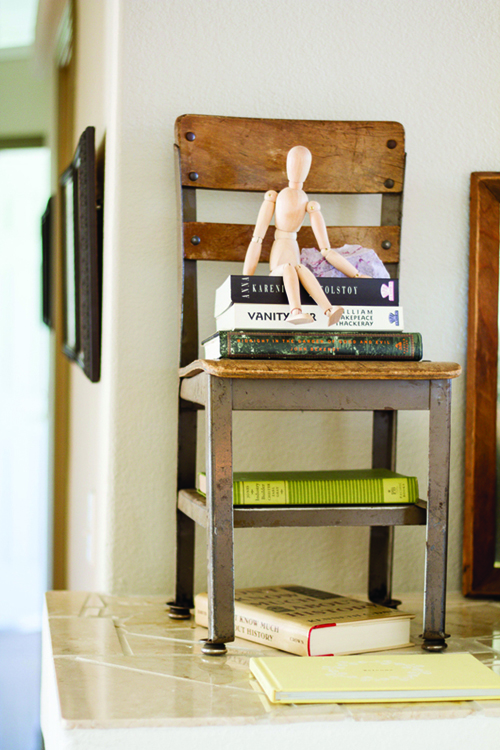 Lumpkin, who has a knack for seeing the potential in rusty metal objects, designed much of the lighting. In the living room, cheese cave humidifiers became two sizable floor lamps, while the chandelier over the dining room table was constructed from parts of cream and milk churns.
Lumpkin, who has a knack for seeing the potential in rusty metal objects, designed much of the lighting. In the living room, cheese cave humidifiers became two sizable floor lamps, while the chandelier over the dining room table was constructed from parts of cream and milk churns.
Pieces of the creamery imbue every room. Cheese hoops became countertop kitchen lighting, and cream scales hold dishtowels. Large cottage cheese tins were fitted with cowhide to create hefty kitchen stools. A wooden curd rake hangs as wall art and an old ladder from the creamery holds books.
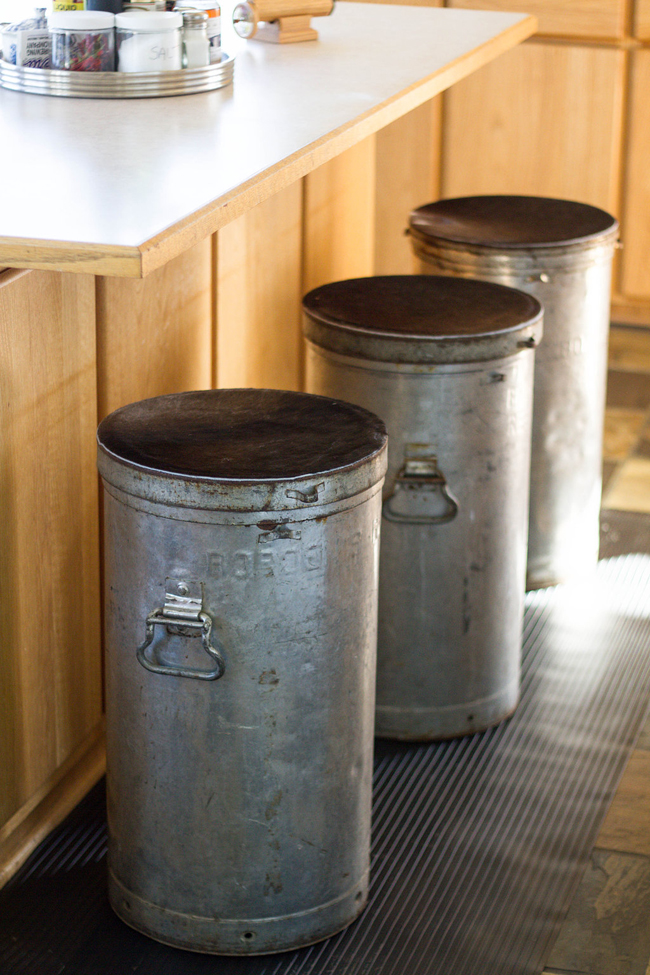 Lumpkin turned other metal objects into art, too. A rusty car door hangs above the mantle, and two sets of rusty mattress springs decorate walls near the master bed. By turning livestock watering troughs upside down, Lumpkin created a coffee table in the living room and tables on the outdoor deck.
Lumpkin turned other metal objects into art, too. A rusty car door hangs above the mantle, and two sets of rusty mattress springs decorate walls near the master bed. By turning livestock watering troughs upside down, Lumpkin created a coffee table in the living room and tables on the outdoor deck.
Guests consistently rave about the pillows, most of which were designed by Lumpkin, who repurposed vintage seed sacks and adorned them with fabric pages from washable baby books, many of which feature farm animals. “Both the seed sack pillows and the farm animal pillows are part of the industrial, agriculture vibe, but from a softer side with lots of colors,” Lumpkin explained.
Story continues under picture
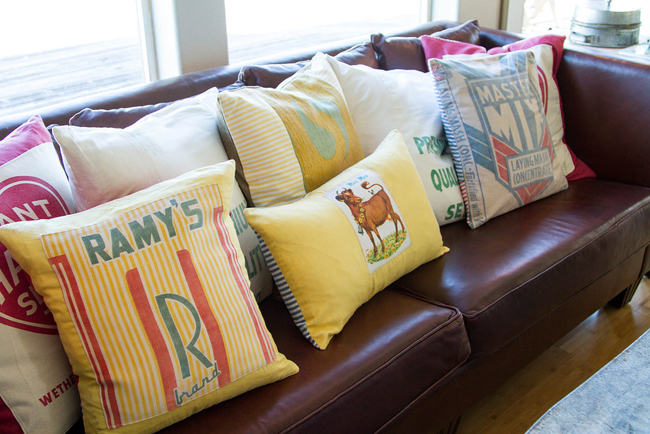
Other flavor comes from furniture Gremmels and Bryant collected during travel: a train bench from India, teak side tables and squat chairs carved to resemble elephants. In the entryway, an Asian trunk holds three paintings. One, by Jason Starkie, is propped up by a Model T spare tire holder, while the entire grouping is illuminated with a bare bulb contained in a cheese mold and a cream-separator wall sconce. Like the rest of the house, the tableau combines layers of Gremmels’ and Bryant’s lives.
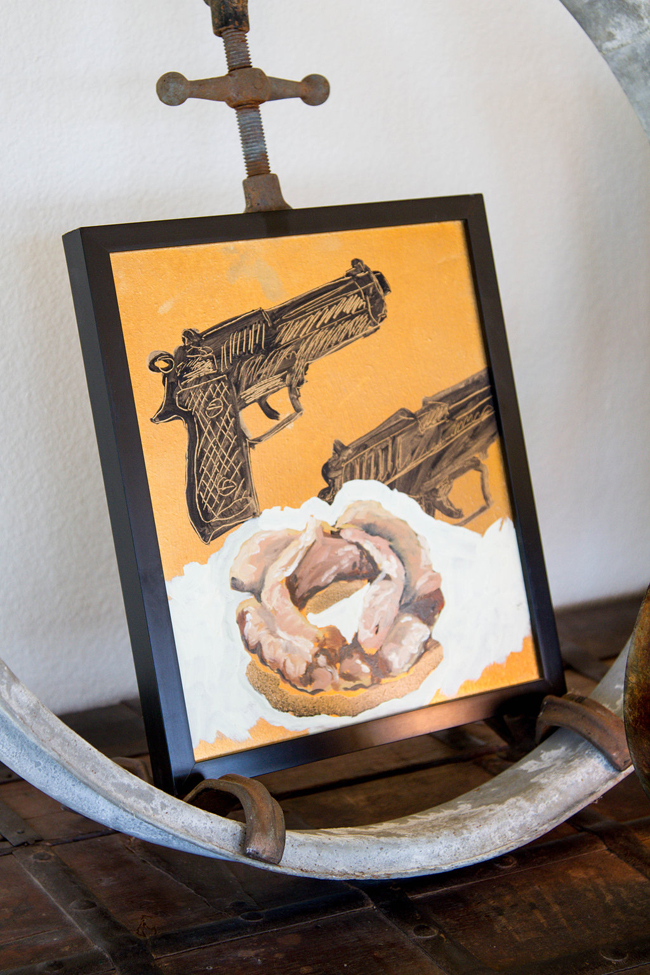 “The guesthouse gives you a sense of who they are,” Lumpkin said.
“The guesthouse gives you a sense of who they are,” Lumpkin said.
Two bedrooms each have distinct animal themes, another nod to agriculture and the creamery. The “cowgirl” room has two twin beds, framed by an old metal gate headboard, one of which sits snugly underneath a commemorative fiberglass horse bust that Lumpkin found at the Alameda Point Antique Faire for $300. “It was a real splurge, considering our overall budget,” he said, “but I just couldn’t walk away from it.”
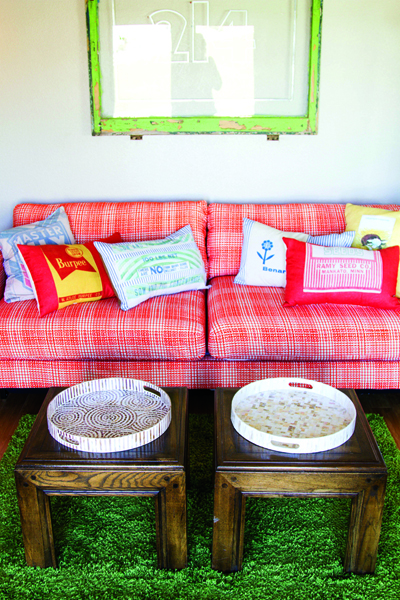 The adjacent bedroom has a cow theme, which is anchored by a wall of framed photographs of a family farm in Ashland that now holds a retirement community where Gremmels’ mother Sonya lives. Other bovine details include a lamp wrapped in cowhide, an oil painting of a pastoral grazing scene and a cowhide rug.
The adjacent bedroom has a cow theme, which is anchored by a wall of framed photographs of a family farm in Ashland that now holds a retirement community where Gremmels’ mother Sonya lives. Other bovine details include a lamp wrapped in cowhide, an oil painting of a pastoral grazing scene and a cowhide rug.
“We consider ourselves ambassadors for what the valley offers,” Gremmels said. “Part of that means connecting our guests to agriculture.” From March to September, the connection becomes more literal, when Rogue Creamery cows graze outside the guesthouse. “You’re in it, not above it,” Bryant said.
Story continues under picture
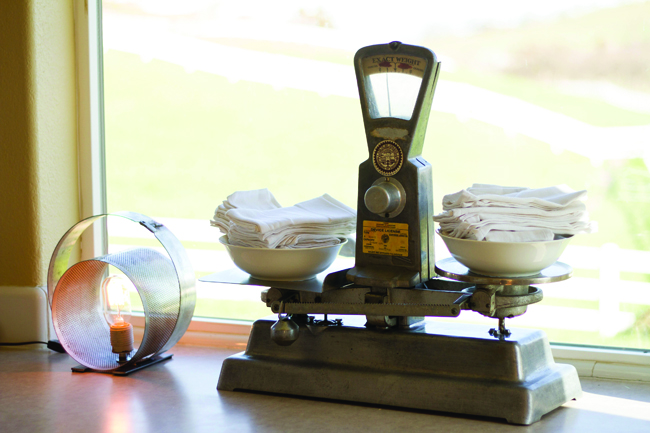
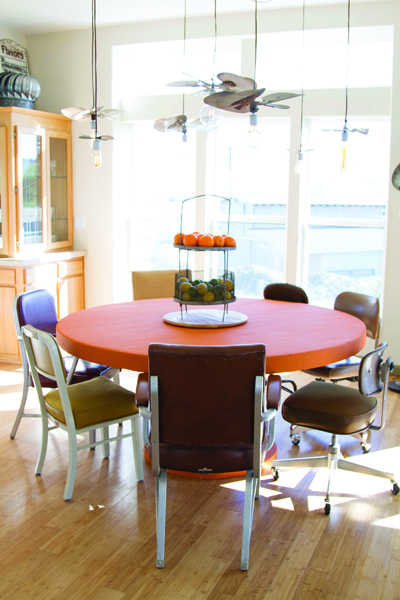 Many spaces were designed to accommodate a maximum number of guests. In one corner of the master bedroom, two chairs unfold to become sleeping cots on wheels. In a side space next to the master bedroom, a sofa bed receives privacy with the pull of a painter’s drop cloth on a drapery rod, making the space ideal for a small family sharing the house.
Many spaces were designed to accommodate a maximum number of guests. In one corner of the master bedroom, two chairs unfold to become sleeping cots on wheels. In a side space next to the master bedroom, a sofa bed receives privacy with the pull of a painter’s drop cloth on a drapery rod, making the space ideal for a small family sharing the house.
In the master bedroom, a large wooden stag stands on a dresser overlooking the bed and bright green rugs hint of lawn. The deer was used for target practice, but in its current role, Gremmels said it creates whimsy. “It’s like I’m in a Shakespeare play,” he said. The deer represents Lumpkin’s intent to create a home that doesn’t feel too serious. “It’s playful,” he said. “In a guesthouse you can get away with more.”
The effect is a collection of memorable rooms with strong connections to place — a constant presence through every window — industry and the past. “You know those places you hate to leave?” Lumpkin said. “I wanted to create that bittersweet thing.”




